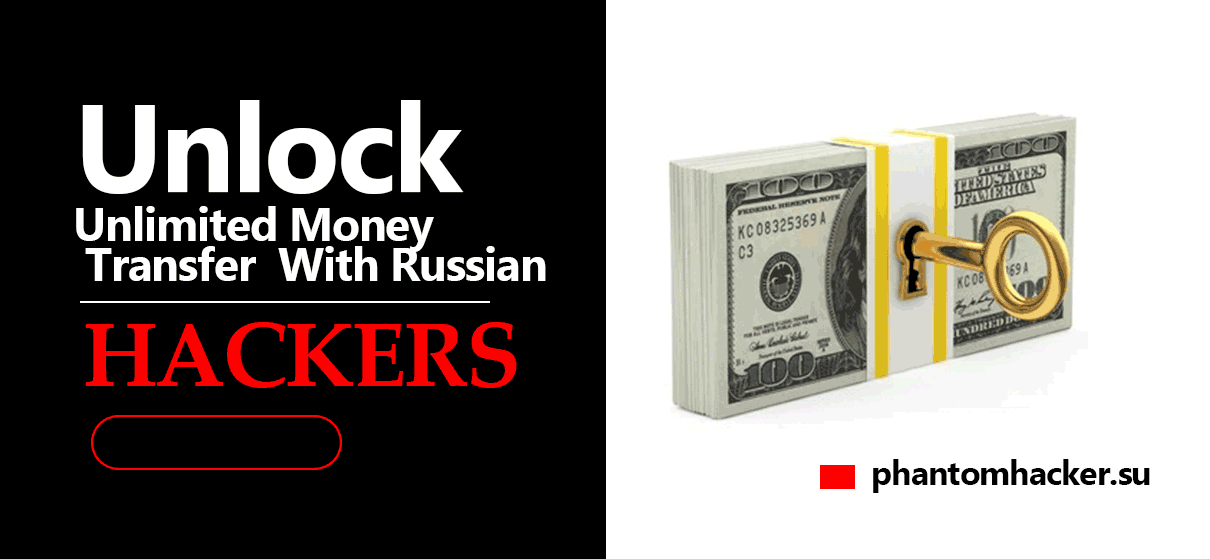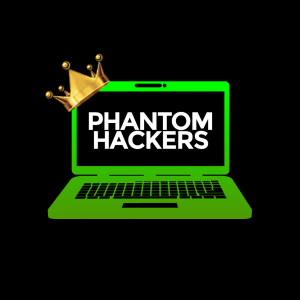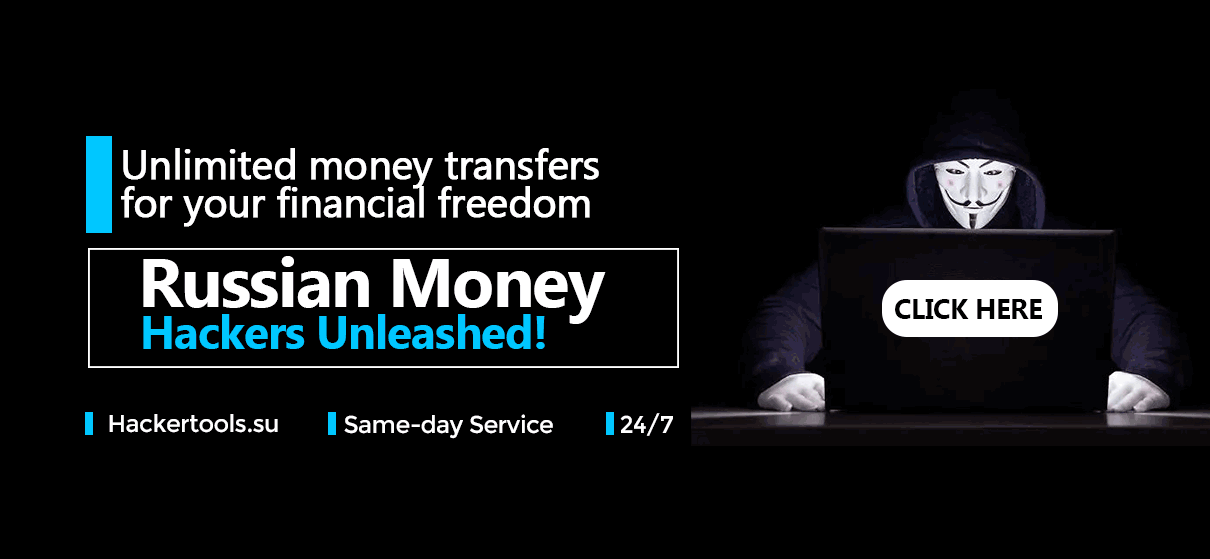In today’s interconnected digital landscape, the Dark Web has emerged as a mysterious realm shrouded in secrecy, where various illicit activities thrive. Among these activities, bank hacking stands out as a highly lucrative and concerning facet of cybercrime. As we delve into the depths of this clandestine online space, we uncover the tools and techniques hackers employ to breach financial institutions and compromise sensitive data.
Looking to hire a hacker or ethical guy for money transfer hack? We offer professional hacking services which includes money transfer hacking, money transfer funding and other quality hacking services. Visit our website or contact us to discuss your needs.
Legit Site To Hire a Hacker
🌐Visit: phantomhacker.su
📧Email: [email protected]
Contact: 👉 Hit here
Understanding the Dark Web
Before we venture further, it’s essential to distinguish between the layers of the internet. The Surface Web comprises websites accessible through search engines, while the Deep Web contains unindexed content like personal emails and private databases. The Dark Web, however, requires special tools like Tor (The Onion Router) to access its hidden services. Tor ensures anonymity by routing internet traffic through a series of encrypted relays, masking users’ identities and locations.
Bank Hacking: A Lucrative Cybercrime
Banks are alluring targets for hackers due to the potentially enormous payouts. Cybercriminals target financial institutions through a variety of methods, including malware, phishing attacks, and ransomware. Successful attacks can result in devastating financial losses for individuals and organizations alike, leading to a surge in demand for hacking tools tailored to bank-related exploits.
This post is sponsored by PHANTOM HACKERS, phantomhacker.su is the oldest hacking group offering general hacking services and money transfer hack services. We have access to bank servers and other payment/money transfer platforms worldwide. We can authorize money transfers to any account in the world provide funding for individuals and business through money transfer hack. Hire a hacker.
Wesbsite: https://phantomhacker.su/
Email: [email protected]
Services: Unlimited Money Transfers — Business/Project Funding: HIRE A HACKER SERVICES

Tools of the Trade: Bank Hacking Software
The Dark Web serves as a marketplace where hackers can acquire a diverse range of bank hacking tools. These tools are often categorized into malware, exploit kits, and phishing kits. Malware, such as banking Trojans, infiltrates systems to steal sensitive information, while exploit kits capitalize on software vulnerabilities. Phishing kits, on the other hand, enable the creation of convincing fraudulent websites to trick users into disclosing their credentials.
The Escalating Threat: Case Studies
Real-world instances of bank hacking emphasize the global reach and sophistication of cybercriminal operations. The 2016 Bangladesh Bank heist saw hackers pilfer $81 million through the SWIFT network. Similarly, the Carbanak group targeted financial institutions worldwide, using malware to siphon off over a billion dollars. These cases underscore the pressing need for robust cybersecurity measures.
The Underground Marketplace
The Dark Web operates as an underground marketplace where hackers buy and sell hacking tools, services, and stolen data. Transactions predominantly involve cryptocurrencies like Bitcoin, providing a degree of anonymity. The economy of this hidden world thrives on the exchange of malicious software, with some hackers even offering technical support for their products.
Cat and Mouse: Law Enforcement vs. Hackers
Law enforcement agencies worldwide are engaged in a constant battle against cybercrime, especially on the Dark Web. Despite their efforts, the anonymous nature of the Dark Web poses significant challenges. Hackers leverage encryption and obfuscation techniques to evade capture, while the global jurisdictional complexities hinder effective prosecution.
Protecting Yourself and Your Finances
In this digital age, safeguarding personal and financial information is paramount. Simple yet effective practices include using strong, unique passwords, enabling two-factor authentication, and regularly updating software. Avoid clicking on suspicious links or sharing sensitive data over email. By exercising caution and adopting these measures, individuals can mitigate the risk of falling victim to cybercrimes.
Ethical Hacking and Cybersecurity
The demand for cybersecurity professionals is on the rise, with ethical hackers playing a pivotal role in identifying vulnerabilities and preventing cyberattacks. Ethical hackers, or white hat hackers, use their skills to test and fortify systems, aiding organizations in maintaining robust cybersecurity postures.
Future Trends in Bank Hacking
As technology evolves, so do hacking techniques. With the advent of artificial intelligence and the Internet of Things (IoT), the attack surface expands, creating new opportunities for hackers. Staying ahead requires continuous innovation in cybersecurity strategies, including proactive threat detection and rapid response mechanisms.
Conclusion
In the shadows of the Dark Web, a thriving ecosystem of bank hacking tools and services remains a pressing concern. The convergence of advanced technology and criminal intent underscores the importance of cybersecurity awareness. By acknowledging the risks, adopting protective measures, and fostering a culture of online vigilance, we can collectively mitigate the threats posed by the hidden world of cybercrime.
The Dark Web provides a haven for cybercriminals and hackers who seek to exploit vulnerabilities in the digital infrastructure of financial institutions. Bank hacking tools are often developed, sold, and exchanged on various online marketplaces within this clandestine space. These tools can include malicious software, such as keyloggers and remote access Trojans, designed to compromise online banking systems and steal sensitive financial information. This phenomenon raises serious concerns for individuals, businesses, and authorities alike.
FAQs
Q: How can I protect myself from bank hacking tools? A: Implement strong cybersecurity practices, such as using robust passwords, enabling two-factor authentication, and regularly updating your software.
Q: Is the Dark Web entirely harmful? A: While the Dark Web has legitimate uses (e.g., protecting journalists and activists), its unregulated nature facilitates illegal activities.
Q: Can law enforcement agencies trace Dark Web activities? A: Yes, specialized cybercrime units collaborate to track and apprehend cybercriminals operating on the Dark Web.
Q: Are bank hacking tools the only concern on the Dark Web? A: No, the Dark Web hosts a wide range of illicit activities, including drug trade, weapon sales, and human trafficking.
Q: Is using the Tor browser illegal? A: No, the Tor browser itself is legal and serves as a tool for privacy-conscious users. However, its misuse for illegal activities is not condoned.
Q: Can hackers be reformed? A: Efforts to rehabilitate hackers exist, but reform depends on the individual’s intent and willingness to change.


